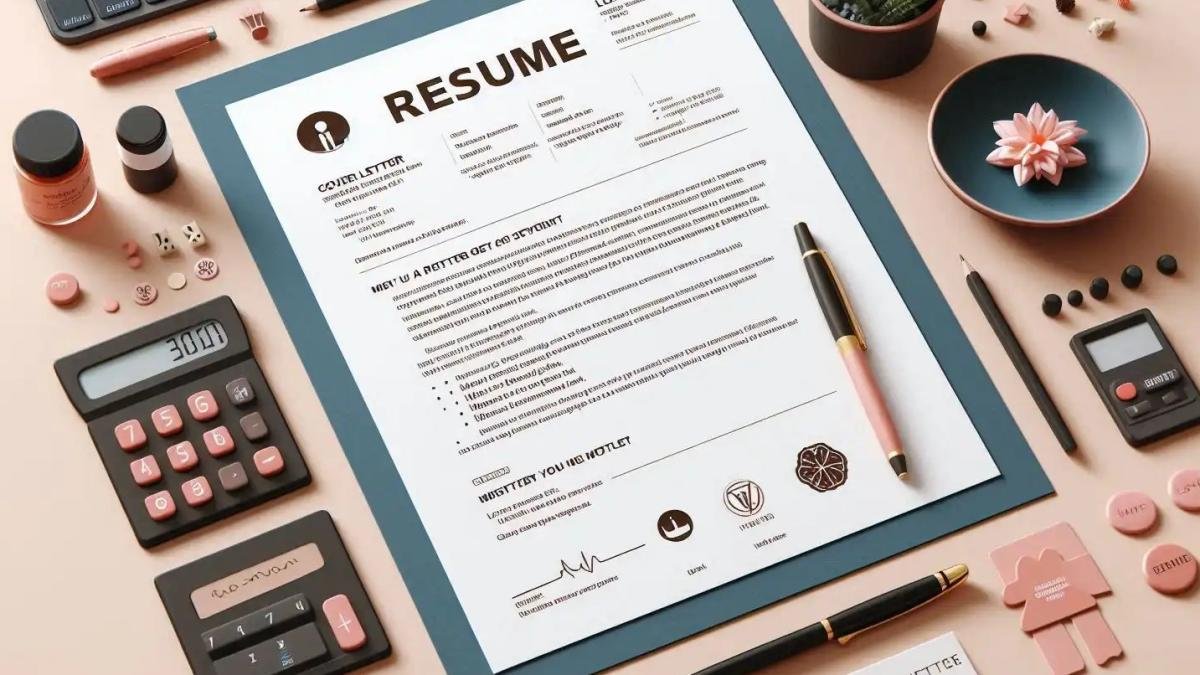
"What to Include in a Cover Letter"
Nov 05, 2024. By Admin
Understanding the Purpose of a Cover Letter
- Why It’s Essential: Explain how a cover letter can highlight your enthusiasm, add context to your experience, and show a personalized touch that sets you apart.
- Difference from a Resume: Clarify that while a resume is a summary of experience and skills, a cover letter allows candidates to convey soft skills, career goals, and their genuine interest in the position.
Essential Components of a Cover Letter
a) Header with Contact Information
- Your Details: Mention your name, phone number, email, and address at the top.
- Employer’s Details: Address the letter to a specific person (hiring manager or department head) if possible, or use a general greeting if unsure.
- Date: Include the date in a professional format, which adds to the letter’s polished appearance.
b) Greeting/Salutation
- Personalized Address: Research the hiring manager’s name to address them directly, e.g., “Dear [Hiring Manager’s Name].”
- Professional Tone: Use formal language and avoid casual greetings like “Hi” or “Hello.”
- Fallback Option: If you can’t find a name, use “Dear Hiring Manager” to maintain professionalism.
c) Opening Paragraph
- Introduction: Introduce yourself and state the position you’re applying for, showing you’ve tailored the letter.
- Why You’re Interested: Express your enthusiasm for the role or the company, mentioning any specific values or projects that resonate with you.
- Brief Summary of Fit: Mention one or two of your top qualifications to hint at why you’re a strong candidate.
d) Middle Paragraph(s) – Body of the Cover Letter
- Highlight Relevant Skills and Experience: Use the body to discuss how your background aligns with the job requirements. Cite specific accomplishments or experiences that reflect your expertise.
- Examples of Impact: Provide a couple of examples to show how you’ve used your skills effectively in past roles.
- Connection to the Company: Demonstrate research by referring to the company’s mission, recent projects, or industry position, and explain how you can contribute.
e) Closing Paragraph
- Show Enthusiasm: Reinforce your excitement about the opportunity and express how much you look forward to the possibility of contributing.
- Call to Action: Politely encourage the hiring manager to review your resume and contact you for an interview.
- Gratitude: Thank the reader for their time and consideration, showing courtesy and appreciation.
f) Signature and Closing
- Formal Closing: Use a professional closing, such as “Sincerely” or “Best regards.”
- Signature: If submitting a physical copy, sign your name; otherwise, type it in for an email or online submission.
Tips for Making Your Cover Letter Stand Out
a) Keep It Concise and Focused
- Ideal Length: Aim for a one-page cover letter that is concise yet impactful.
- Clear and Direct Language: Avoid overly complex language; instead, focus on clarity and specificity to make your points stand out.
b) Use the Job Description as a Guide
- Mirror the Language: Incorporate keywords from the job description where appropriate, as this demonstrates your understanding of the role and can help with Applicant Tracking Systems (ATS).
- Align Skills with Needs: Tailor each section of the letter to showcase how your qualifications align with specific requirements listed by the employer.
c) Show, Don’t Just Tell
- Quantify Achievements: Whenever possible, include quantifiable accomplishments to highlight your impact.
- Storytelling Approach: Use a storytelling approach to describe your experience, which can help make your letter more memorable.
d) Keep the Tone Professional yet Authentic
- Balance Formality and Personality: Strive to maintain a formal tone while letting your personality and enthusiasm for the job come through.
- Avoid Clichés: Instead of using overused phrases (e.g., “team player”), focus on more specific language that feels personal and genuine.
Common Mistakes to Avoid
a) Generic Openings
- Example to Avoid: Avoid starting with “To whom it may concern” or “I am writing to apply for…” as these can come across as impersonal or unoriginal.
b) Repeating Your Resume
- Add New Information: Instead of restating your resume, use the cover letter to expand on points or discuss additional skills not fully highlighted on your resume.
c) Focusing Too Much on Yourself
- Shift the Focus: While you need to discuss your qualifications, avoid making the letter all about what you want and instead focus on how you can meet the company’s needs.
d) Typos and Grammatical Errors
- Proofread Carefully: Errors can detract from your professionalism. Double-check for typos, grammatical errors, and awkward phrasing before sending.
Conclusion
- Final Recap: Reiterate that a cover letter is an opportunity to make a strong first impression and differentiate yourself.
- Encouragement to Take Action: Encourage readers to start crafting their cover letter with these guidelines in mind and remind them that a well-written cover letter can be a game-changer in the job search.





ADD COMMENTS
Your email address will not be published. Required fields are marked *